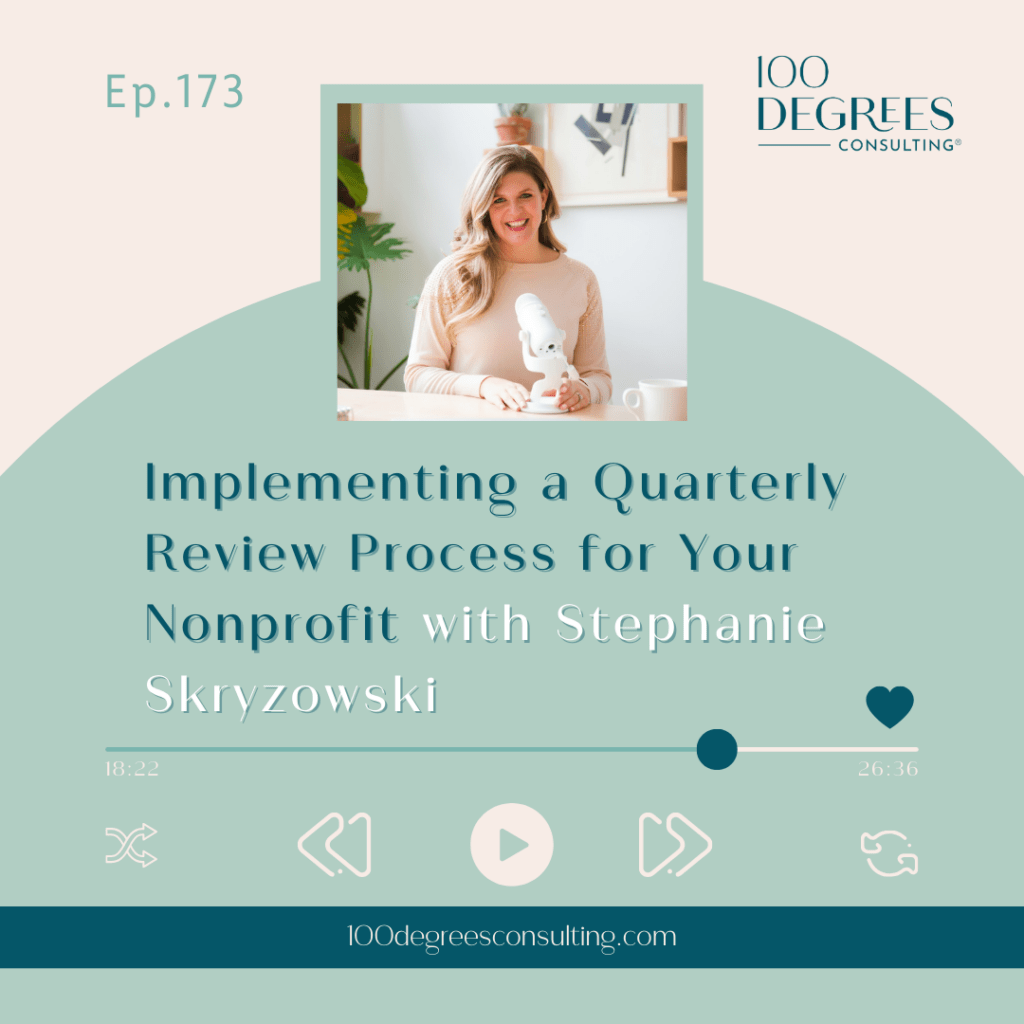Have you heard the news? 100 Degrees Consulting just welcomed its newest team member into the world. Meet Noelle Skryzowski, born October 24, 2019.

While we are awake partying all night with a little one who can’t yet tell time, I hope you’re still thinking about the three financial metrics that you can easily calculate to assess the financial health of your organization. But if you’re not a numbers person, you may be thinking, okay, I did what you said and calculated these metrics but I’m still not sure what they mean for me.
I’ve got you.

First, revenue diversity. This measures how much of your revenue is coming from each source. We know not to put all our eggs in one basket (does anyone carry eggs around in a basket anymore?), but what about relying upon ONE client or product launch or donor to fund our entire organization? Probably a little risky.
For example, when I do this calculation for my own business, I can see that no one client earns more than 15% of my total revenue for the year. So if a client disappears, my business will remain strong. How does your revenue diversity stack up?
Second, burn rate. This measures how much you spend each month, on average. Every single business or organization is going to vary wildly and there’s no right or wrong on how much you should be spending. BUT, it’s great to know your number over time to see if your expenses are creeping up (but your revenue is not). AND when reviewing your financials for the last month, you have a quick gut check. If your expenses are much higher than your burn rate, what’s happening?
Finally, months of cash on hand. This measures exactly how long you could stay in business if you only had the cash in the bank today. Our goal is to have 3-6 months of cash in the bank at all times. We don’t know when the next recession will hit and the last thing you want is to miss payroll the moment things take a slight downturn. After four years in business, I just achieved my goal of six months of cash in the bank. So if every single client left me right now, I could pay myself and my team and my bills for another six months. That type of security feels pretty awesome.
So THAT’S why these financial metrics are so important. Because they actually mean something about the health of your organization AND if you have what it takes to stick around for the long haul.
PS – Do you follow what I’m talking about, but feel like your finance strategy isn’t quite measuring up? Take our NEW, REVAMPED quiz to figure out which finance pro you need to help your organization soar!
Entrepreneurs: Take your quiz here! >>>
NonProfits: Take your quiz here! >>>




















